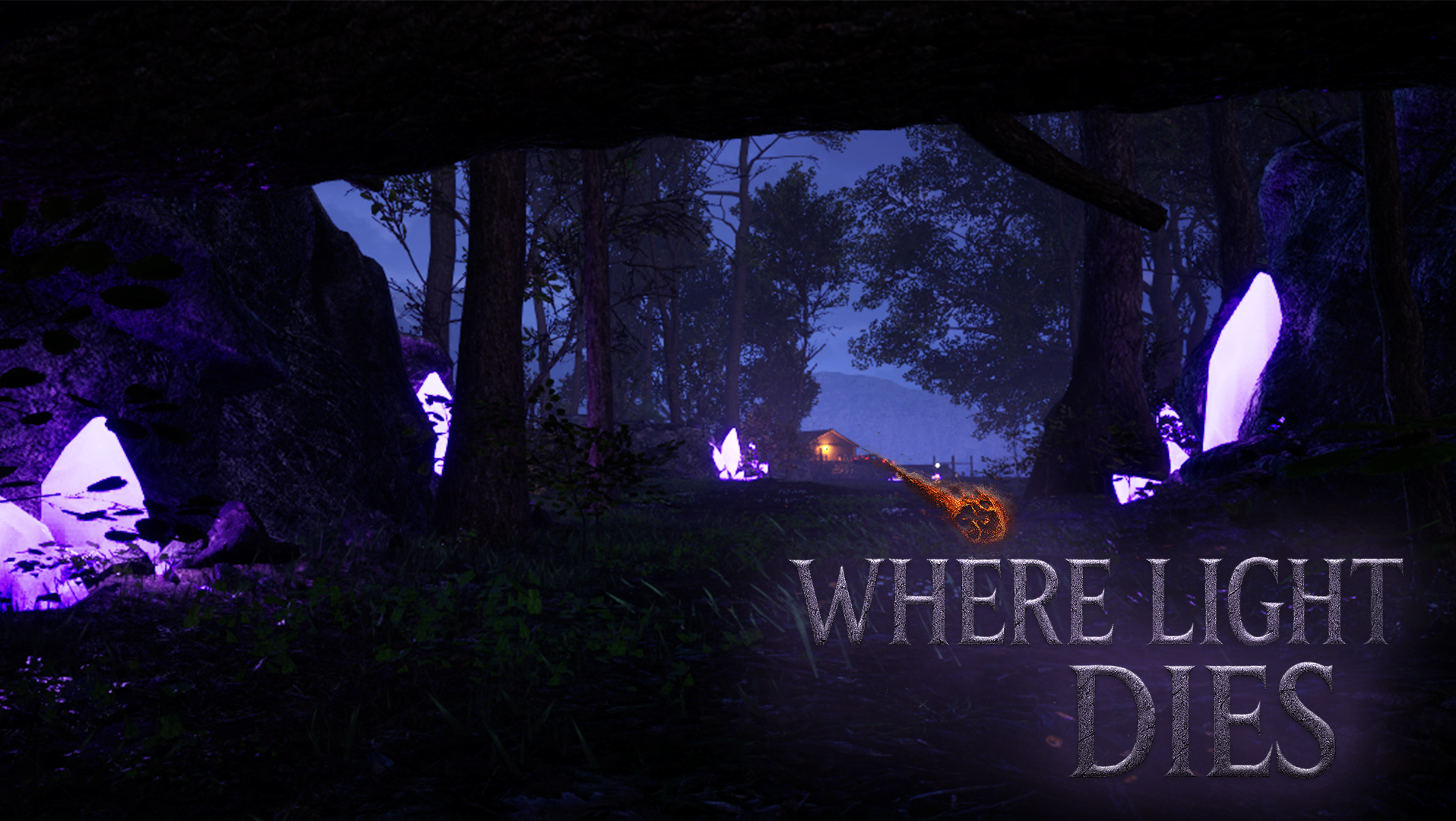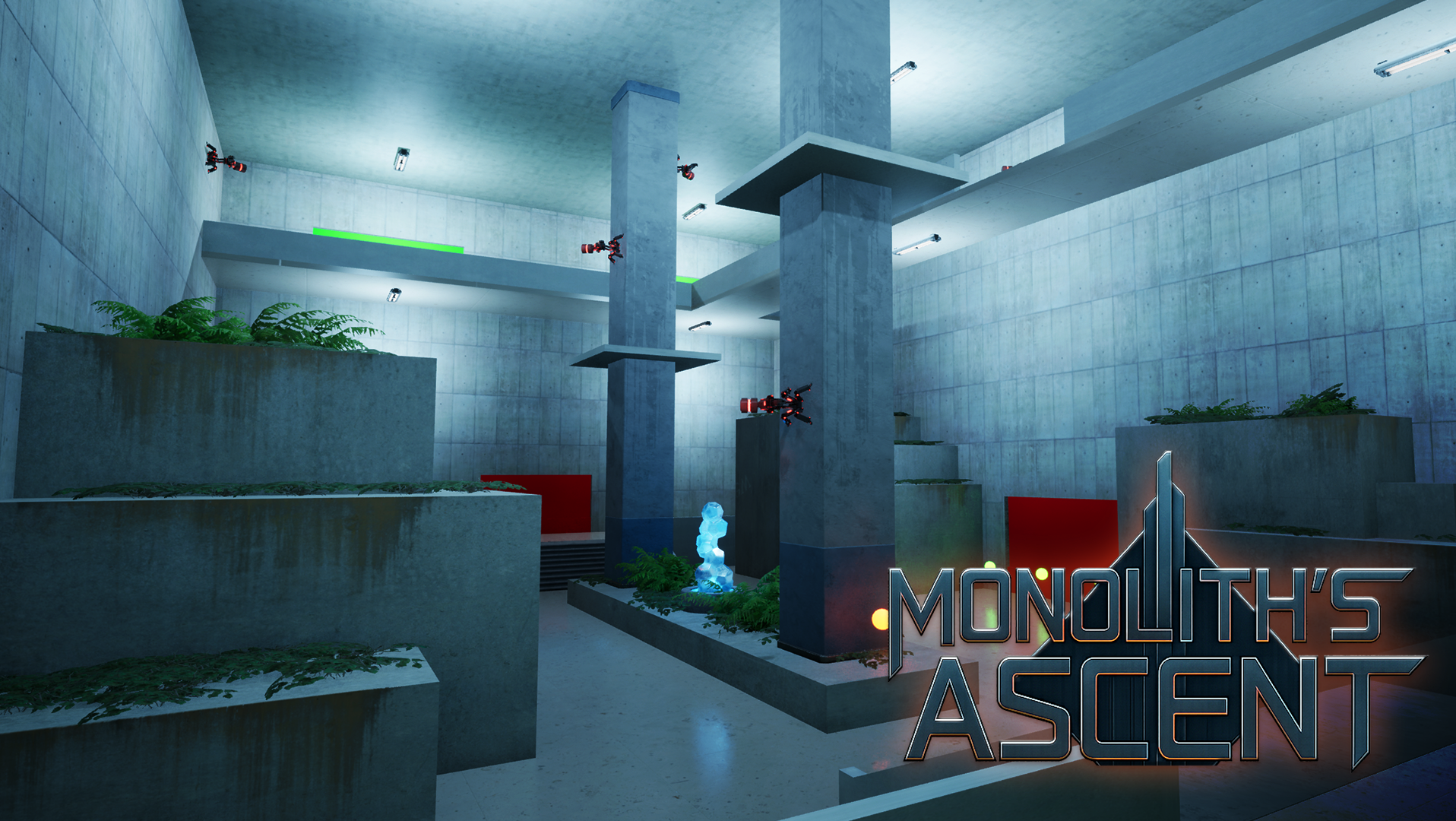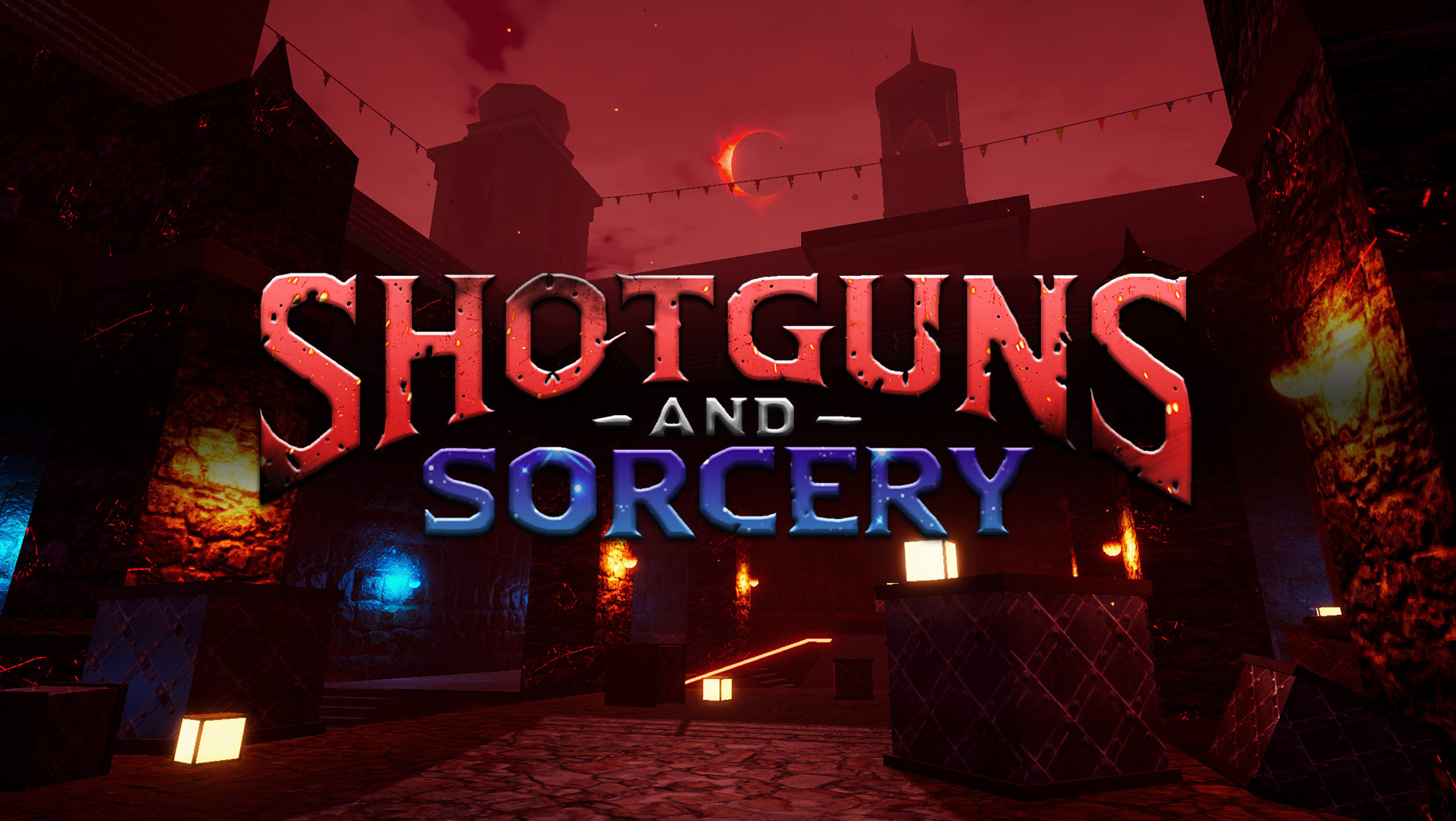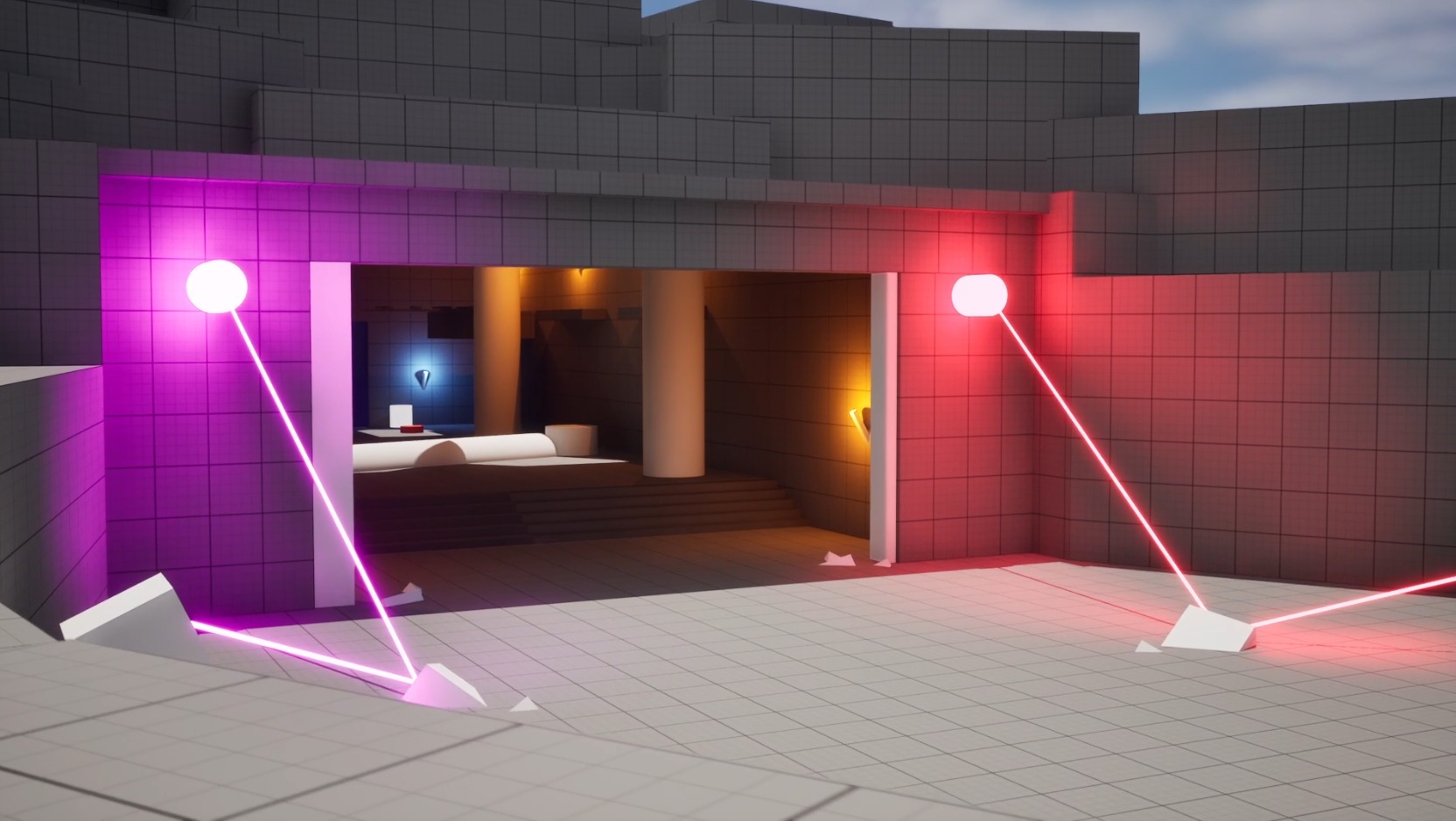



ROLES AND RESPONSIBILITIES
- AI/NPC and Weapons Programmer: Led the development of the enemy AI system and tools that were used in every encounter in the game
- Enemy Framework: Built an enemy system using Blueprint classes, Data Assets, Behavior Trees, and Animation Blueprints that powered all 24+ enemy types and variants
- Animation Systems: Created and managed blend spaces, state machines, NavMesh pathing, and performance optimization
- Weapons Development: Collaborated with the lead programmer on developing 2 weapon types with 6 unique upgrades
- Technical Systems: Helped manage Perforce version control server, established documentation standards, and asset naming conventions across all departments
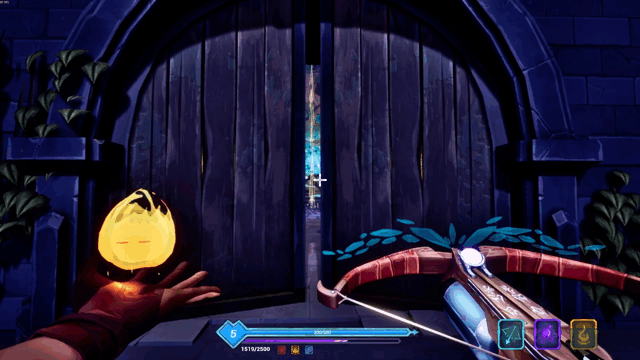
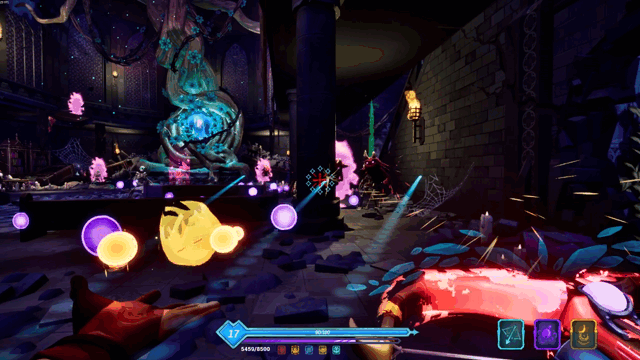
ENEMIES
Developed all enemy types supporting 4 archetypes, 6 variations for each archetype, and 1 boss variant, totaling 24 enemy types.
Key Features:
- Dozens of adjustable parameters via data assets for stats, visuals, and behavior
- Optimized for spawning dozens of enemies with minimal performance loss
- Animation states driven by state machines, ensuring natural blending between animations
- Integrated debuff system via components
- Debugging tools allowing designers to visualize hitboxes, explosion radii, and other volumes in-editor
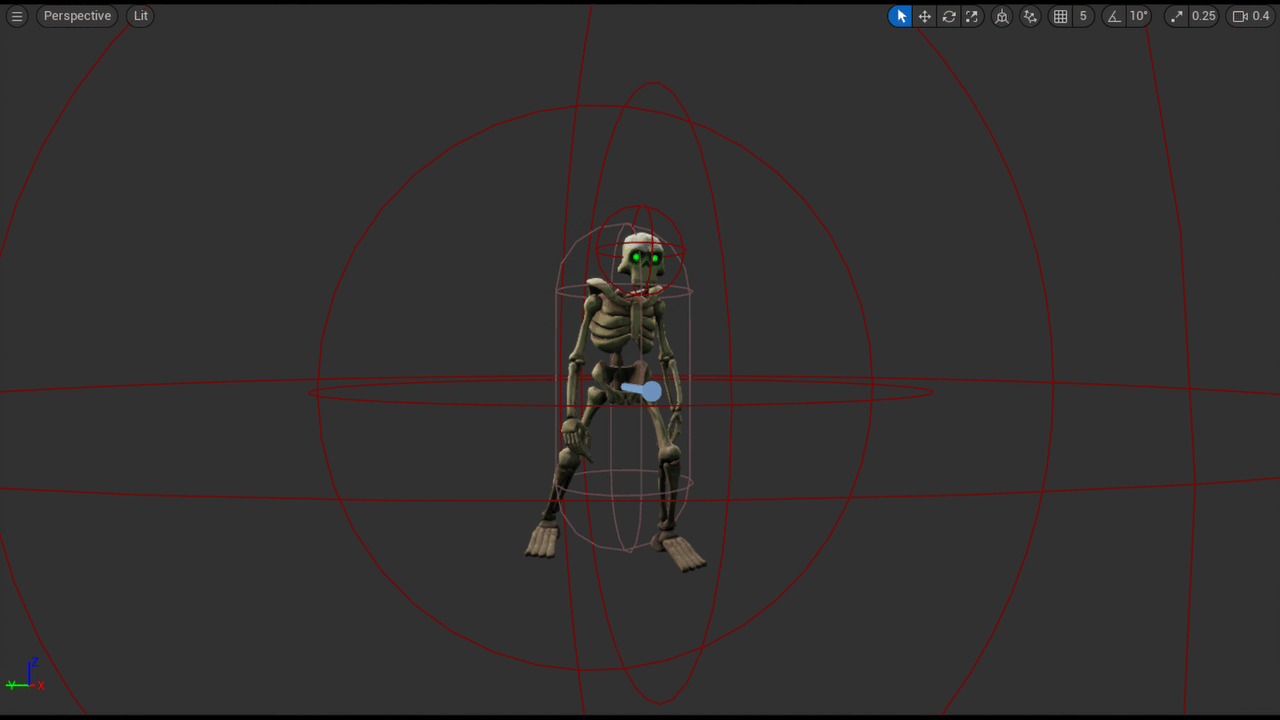
Main Enemies in Blueprints
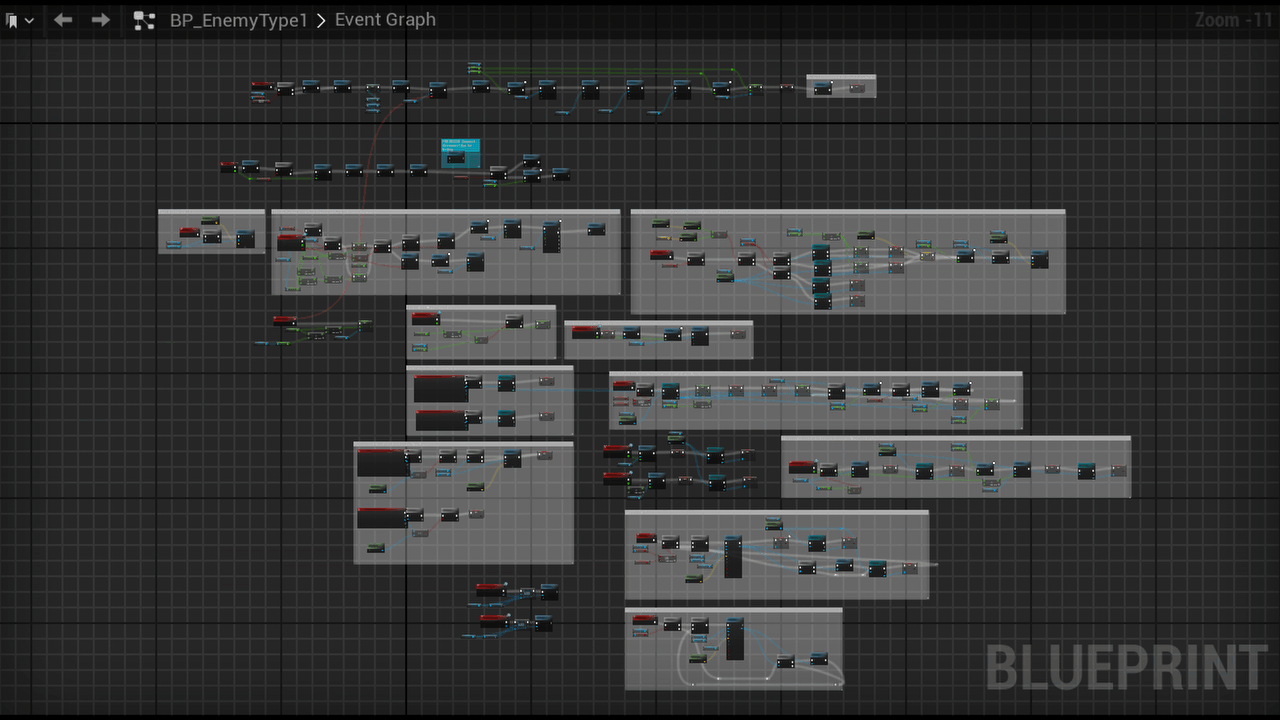
Main Enemy Class Blueprints

All Enemy Types and Variations
Enemy Animation Blueprints
Inside a Enemy Animation Blueprint
DESIGNER TOOLS AND ACCESSIBILITY
- Built systems prioritizing cross-department usability
- Exposed dozens of parameters for data assets, enabling design, art, and audio teams to modify enemies without touching any code
- Created real-time debugging visualization tools for designers to easily iterate on enemy systems directly in the editor





DESIGN-TECHNICAL COLLABORATION
During the development of Gravebound, I worked closely with the Systems Designer and Design Lead to ensure enemy behaviors matched the design's original vision and intent. Additionally, I provided technical feedback during early prototyping phases and helped identify constraints that would inevitably shape each encounter's design.
SELF REFLECTION
While working on Gravebound, I gained extensive experience in professional game development, including cross-departmental communication, meeting numerous deadlines, and building maintainable systems. I also learned the importance of good documentation and designer-accessible tools, which drove me to create and maintain highly customizable systems that non-programmers could easily use and modify.
Through implementing others' designs, this helped deepen my understanding of what makes systems maintainable, iterable, and designer-friendly; principles that I now apply to my own design work. Throughout development, I observed firsthand how small stat changes (specifically to attack range and health pools) can dramatically affect player experience.
DEVELOPMENT TIMELINE
September 3, 2024: Development Started
November 19, 2024: Alpha Build Completed
April 8, 2025: Beta Build Completed
May 6, 2025: Release Build Completed
June 5, 2025: Released on Steam
